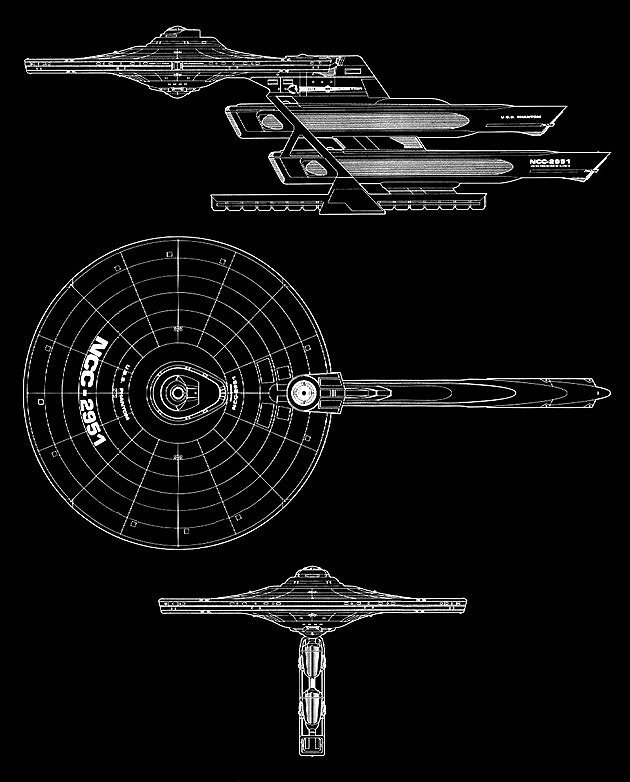

 The Phantom class superscout project was an attempt during the 2280s to develop a scout that could stealthily monitor ELectronic INTelligence (ELINT) from threat nations whilst still outside of their territory. Previous superscout designs such as Kestrel class utilised active sensor arrays to scan for distant ships and signals. These active sensors are effective but can be detected by the ships being detected. With the Phantom, the main array is a passive sensor designed to listen for ships and signals.
The Phantom class superscout project was an attempt during the 2280s to develop a scout that could stealthily monitor ELectronic INTelligence (ELINT) from threat nations whilst still outside of their territory. Previous superscout designs such as Kestrel class utilised active sensor arrays to scan for distant ships and signals. These active sensors are effective but can be detected by the ships being detected. With the Phantom, the main array is a passive sensor designed to listen for ships and signals.| Name | Registry | Notes | |
|---|---|---|---|
| Phantom | 2951 | Prototype | Lead ship of the class. Launched 2291 and trialed from Starbase 23. Commissioned in 2293 as a response to the explosion of Praxis. |
| Ghost | 2952 | ||
| Wraith | 2953 | ||
| Wight | 2954 | ||
| Spectre | 2955 | ||
| Lich | 2956 | ||
| Poltergeist | 2957 | ||
| Shadow | 2958 | ||
| Skeleton | 2959 | ||
| Vampire | 2960 | ||
| Ghoul | 2961 | ||
| Zombie | 2962 | ||
| Nightshade | 2963 | ||
| Vodyanoy | |||
| Faerie | |||
| Maeve | Irish Queen of the Fae. | ||
| Spirit | |||
| Oona | |||
| Rhiannon | Celtic | ||
| Spook | |||
| Poltergeist | |||
| Yurei | Japanese | ||
| Aojha | Indian spirit guide. | ||
| Apparition |






